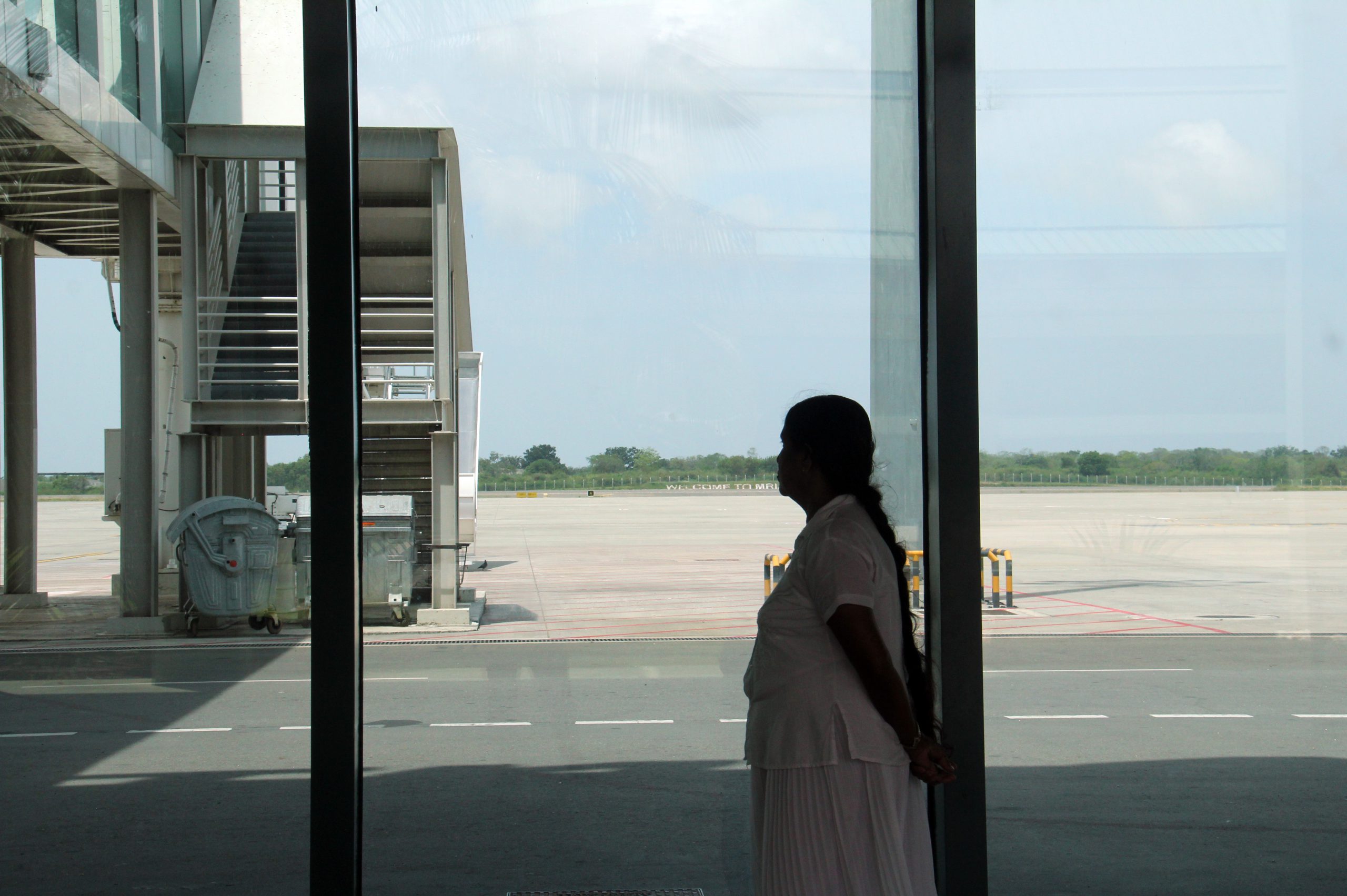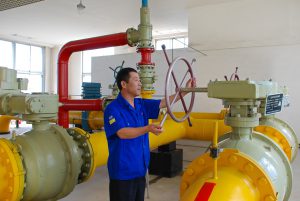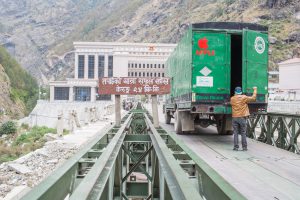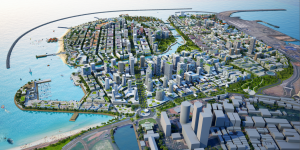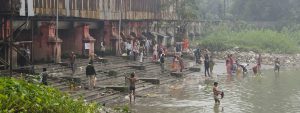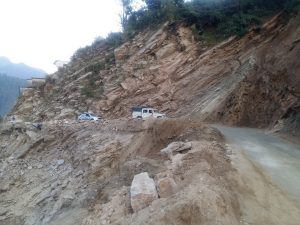Four years after China announced its Belt and Road vision to develop infrastructure and regional connectivity across strategic land and maritime routes, it’s still unclear how the ambitious initiative will progress on the ground and whether it will deliver on its promise of sustainable development.
This was one of the messages from the Belt and Road conference held by Chatham House in London on Monday, October 16. Another was that while China is leading the scheme, it’s long term success will hinge on getting more partners to embrace the vision and finance projects.
In practice, this means a continuation of the shift from the bilateral deal-making that China has been engaged in with the 65 countries that officially make up the Belt and Road towards a multilateral approach that sees more projects co-financed by other banks and investors.
This diversification of financing could help raise the environmental standards of projects proposed by countries looking for investment, ensuring both profitability and sustainability. However, there are also risks that China will use projects to offload its surplus industrial infrastructure, through environmentally damaging investments in coal and hydropower if standards are ignored.
Mixed motivations
Whether this will happen depends partly on whether the Belt and Road Initiative (BRI), as it’s now known, can overcome its legitimacy problem. Concerns persist that it is mostly a vehicle to align China’s economic interests to increase trade and expand markets, predominantly in Asia, Europe and Africa, with a political agenda to grow the country’s influence.
Another concern is that as China’s economy slows, the focus of the BRI is on providing new opportunities abroad for Chinese companies struggling to grow domestically.
These concerns have particular implications for the environment.
China’s government has emphasised improving connectivity along strategic routes, such as the US$60 billion China-Pakistan Economic Corridor, through new roads, railways and ports, but BRI is also investing heavily in energy. Many projects include Chinese companies building coal-fired plants, potentially locking countries into carbon intensive development.
The political motivation for developing projects has already led to investments that would not be made on the business case alone. One participant at the conference, which was held under Chatham House rules, noted that the land route may struggle to attract enough trade to remain viable, while another suggested that China expects to lose up to 80% of its investments.
While China is certainly taking risks in investing in less developed countries that have struggled to attract project financing from elsewhere, it is also the environment that stands to lose if enormous physical resources are poured into projects that could well be under-utilised.
Emerging from China’s shadow
These concerns about the BRI were strongly contested in public remarks at the Chatham House conference by Zhu Qin, minister and deputy head of mission at the Chinese Embassy in London.
He said the scheme is China’s way of fostering inclusive and sustainable economic development that is based on the shared interests of participating countries. The vision is not about China dictating terms and striking economic deals in the pursuit of hegemonic interests but instead a multilateral approach to development that can improve governance and foster peace.
However, there is already evidence that some of China’s overseas projects are violating local environmental standards in countries such as Brazil, and creating white elephants in Sri Lanka.
At the very least, balancing the role played by China’s big policy banks in BRI project financing would seem necessary to avoid such problems. The China Development Bank has already invested US$160 billion into Belt and Road countries, and the Export-Import Bank US$100 billion. The next five years will see China spend US$750 billion on overseas investments.
One risk of this dominance is that it relies on China’s own commitment to deliver sustainable projects and to force companies to release information on environmental, social and governance factors. Recent guideline standards announced in Beijing last month are a step in the right direction, but the government is still drafting, rather than implementing, legally binding regulations to manage overseas investments.
More investors, better standards
China cannot finance BRI solely through its policy banks. The Asian Development Bank (ADB), for example, estimate that Asia alone will require US$1.7 trillion of infrastructure investment each year to 2030, factoring in climate-related costs.
Private investors are keen to get involved. After all, BRI countries make up more than two thirds of the world’s population and are expected, according to one conference participant, to drive world trade for the next 20-30 years.
Lending institutions such as the Asian Infrastructure Investment Bank and the New Development Bank have faced significant public scrutiny of their emerging social and environmental standards, and claim to be aligning themselves more closely with best practice as a result.
Although these lenders are relatively small, as they join more established funders such as the World Bank, ADB and large US and European policy banks to finance or co-finance projects, it is expected that a consensus on sustainability standards will emerge.
So while scrutiny of China’s overseas investments in BRI countries remains as important as ever, other countries and financial lenders will be crucial in helping China to deliver on its promise of sustainable economic development.
